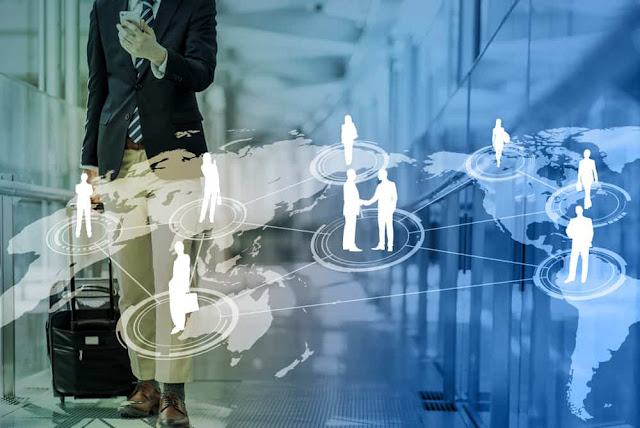In fact, every employee is a ‘consumer of the workplace,’ no matter where they are in the world, and they can all benefit from an improved experience. Fast connectivity and easy access to email servers and collaboration software from any location are paramount for efficiency.
Remote working is on the rise
As the world becomes more complex, we must leverage simple solutions to meet new challenges. The reality today is that more than two-thirds of people around the world work remotely at least once a week, networked teams are replacing the static workforce and new generations entering the job market expect a mobile work environment. Nearly 70 percent of organizations acknowledge that a mobile workforce enables business strategies.
To guarantee a fluid user experience, the mobile workforce depends on easy-to-use B2B applications and a fast and accessible internet connection. However, the wide range of consumer applications people use in their everyday personal lives usually offer a better user interface than B2B applications designed for ‘consumers of the workplace.’ As a result, the average employee is inefficiently switching between 35 job-critical applications more than 1,100 times every day.
We shouldn’t cut corners when it comes to the user experience. A well-designed user interface can increase the conversion rate by 200 percent for B2C websites, so imagine what an easy-to-use business application could do for the employee experience. So let’s take a look at the possibilities for improving this experience and attracting the next generations to our workplace of the future.
Flexible work enhances collaboration
Whether working remotely with a colleague in another country or facilitating a brainstorm meeting with 50 people at the office, advancements such as 5G, collaboration apps and conference software offer not only a greater number but also more efficient ways of working together, adapted to what customers expect from companies.
As products evolve, companies have to adapt their service offering – internally as well as externally.
Sandvik, a high-tech engineering group that offers tooling and tooling systems for metal cutting, needed to gain a better understanding of its internal users, because people are increasingly working remotely, around the world, both in the offices and from inside mines. Sandvik now takes a completely new approach to digital happiness: offering a customized experience without offering too many options, enabling a sense of empowerment for IT as well as for the end user.
The ability to work from different locations is critical. Flexible work is beneficial for companies, it motivates people to take the next step in their career and it definitely benefits the environment.
Flexibility puts employees more in charge of their commute time, their way of working and their work-life balance. This is exactly what Shiseido, a worldwide cosmetic company, had in mind when it transformed the workplace. Half of the workforce, a total of 2,000 people, are now working remotely. Together with Shiseido we developed a custom-made workplace solution giving the right person and the right device access to the data needed to work securely from any location.
Installing a culture of trust
Investments in technology are not the only prerequisite for facilitating distributed teams or remote working. The remote workforce also has to be supported by HR. People need to be comfortable with this way of working. Top-down decisions enable processes that install a culture of trust in the company.
Promoting collaboration through technology starts at the office. Companies that constantly evaluate what they are offering their employees, while aligning their technology with employees’ needs, are surging ahead in the race for talent. The workplace of the future is tailored to the specific needs of a diverse workforce. There is still plenty of room to learn and improve in terms of interfaces and information-sharing tools.
Technology enhances creative ways of working by making it easier to collaborate with people all over the world, but only if it benefits the user experience. A completely new and broader skills force is available to work on the ever-more complex challenges people face today.
Source: dellemc.com





0 comments:
Post a Comment